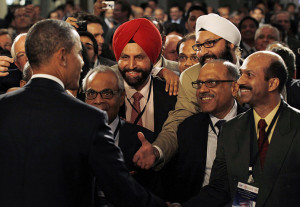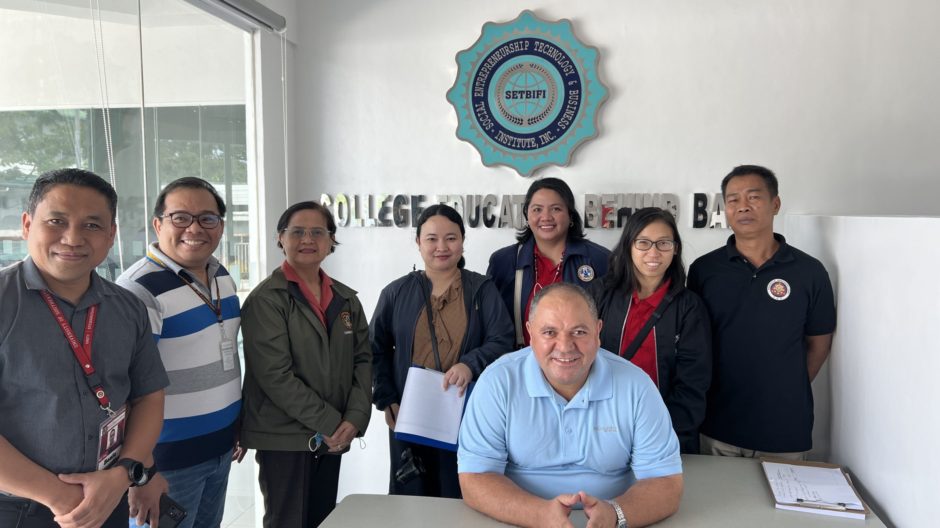 Why is the US courting India? The answer is because the US wants to counter China’s hegemonic power in the region and balance the power in Asia. In international relations the most important geopolitical relation is always between the world’s leading powers, the number one and the emerging power that is number two, like China. China has surpassed the US and become the world ‘s biggest economy in purchasing power parity (called PPP). The US sees a strong India as a counter to China. President Obama’s second trip to India shows that the post Cold War policy has shifted because of the emerging rivalry between China and the US. India is a swing-state for the US to develop an economic and security partner that will represent the best US interests in the Pacific Rim. Obama’s trip to India focused on three important issues: economics, security, and containment of China’s hegemonic power in the region.
Why is the US courting India? The answer is because the US wants to counter China’s hegemonic power in the region and balance the power in Asia. In international relations the most important geopolitical relation is always between the world’s leading powers, the number one and the emerging power that is number two, like China. China has surpassed the US and become the world ‘s biggest economy in purchasing power parity (called PPP). The US sees a strong India as a counter to China. President Obama’s second trip to India shows that the post Cold War policy has shifted because of the emerging rivalry between China and the US. India is a swing-state for the US to develop an economic and security partner that will represent the best US interests in the Pacific Rim. Obama’s trip to India focused on three important issues: economics, security, and containment of China’s hegemonic power in the region.
China is India’s largest trade partner with a ranking that surpasses the US. The US government needs to balance the power and does not want to be excluded in the region. India is also growing faster economically and even could surpass China. President Obama hopes to leave a legacy of the Trans- Pacific Partnership that will tie the US and eleven other Pacific countries, including Japan but excluding China, together in a new economic block. Even if this economic block might not be as powerful and free trade agreement, it will keep the US from being totally excluded from the region. India will not make any policy change regarding clean energy. Instead, the Modi government is willing to increase the production of coal because India cannot do much more to reduce energy consumption and GHG emissions. India believes it will have a huge negative impact on India’s economic growth, and President Obama is trying to overcome some legal barriers, so that US companies can have a direct investment in India. For a long time the US has maintained its policies in the Pacific Rim without any major war breaking out.
The second issue is the security issue. India has experienced horrible acts of terrorism on its soil, and India has security concerns especially from its neighbors from West Pakistan, Afghanistan, and Iran. India continues to support an American presence in Afghanistan and does not want the withdrawal of American troops in the region, and US intelligence and Indian intelligence help both countries prevent future terrorism acts. For the point of view of the US’s interests, the US government is concerned about the cyber attacks by state and non-state actors like North Korea, China, Russia, and Al-Qaida. India has a large pool of talented, very skilled software and computer engineers as well as programmers with other sophisticated skills that may be required by terrorists to harm both countries’ interest. Current cyber attacks on Sony pictures, Chinese technology thefts, and the rumor that Russian is trying to plant a virus into the US power grid technology make security one of the US’s biggest concerns.
The third important issue is to contain China’s hegemonic power in the region. Chinese hegemonic thirstiness is not welcomed by many neighboring countries in that area and includes India’s strategic interests as well. This visit also tries not only to limit Chinese hegemonic power but also to reduce the Russian influence in India, especially on military equipment. The US is trying to surpass Russia in terms of its military supply of equipment. Obama understands Modi’s stand against the West and the US’s economic sanctions against Russia.
This is similar to India’s trying to have strong relations with the US government. For its national interest, also, the US government will never stop having relations with Pakistan as its ally in the war on terror. It will not surprise the US if India keeps buying military equipment from Russia, and it also will not surprise India if the US keeps sending weapons to aid the Pakistani war on terrorism. India will continue to maintain its non-alignment policy, and has no intention to shift its diplomatic strategy as long as it benefits India‘s national interests because India sits right at the epicenter of the convergence of geopolitical roles and wants to be friendly with the major power players like the US, Russia, and China. India is being sandwiched between China and the US with both wiling to control sea-lanes, commerce, and Pacific political direction.
President Obama visited India for its Republic Day celebration. Prime Minister Narendra Modi invited him to be the chief guest for that commemoration. President Obama is the first American president to be the chief guest at its Republic Day and the first American president to visit India twice while in office. President Obama’s second trip to India gives the United States and India an opportunity to feature and celebrate what they share-- the biggest democracies and cultural diversity in the world. Both Democrats and Republican parties in the US support the rise of India. India is good for American interests to counter China. This trip also shows the consolidation of the US- Indo relations. A strong economically growing India and a stable relationship with it can help President Obama’s domestic economic objectives and his rebalancing the power across Asia. For India, this symbolic relationship shows both political and strategic benefits. Prime Minister Modi wants to have a strong, safe, stable and prosperous India that will be respected on the world stage. Having a good relationship with one of the super powers of the world can play a crucial role in helping him to deliver on those promises. However, China is keeping a close watch on its outcome because China has had border problems with all its neighbors including India and does not want to lose India as a part of coalition against China because sees the US as a powerful adversary.
Dr. Aland Mizell is President of the MCI and a regular contributor to Mindanao Times. You may email the author at:aland_mizell2@hotmail.com

